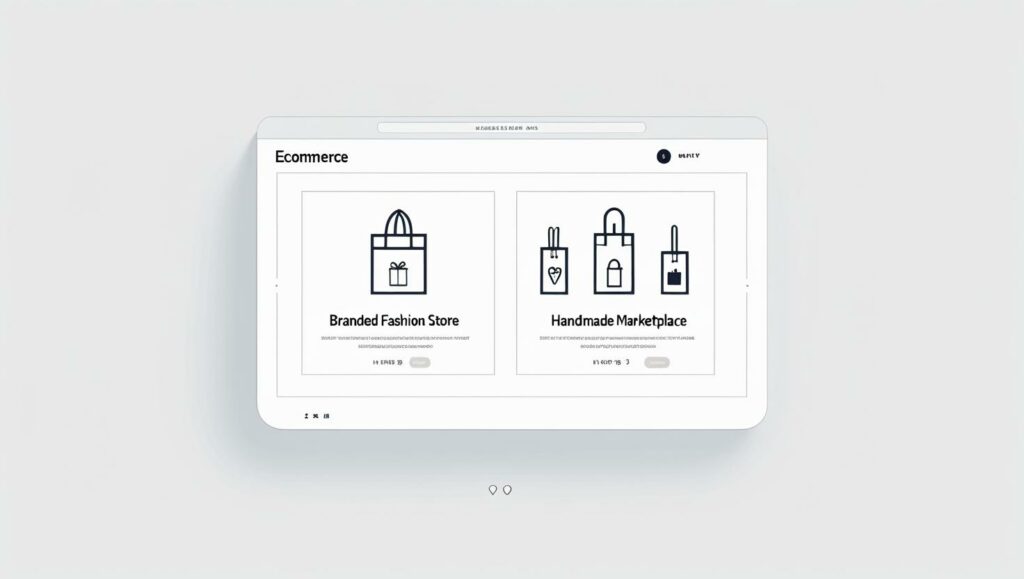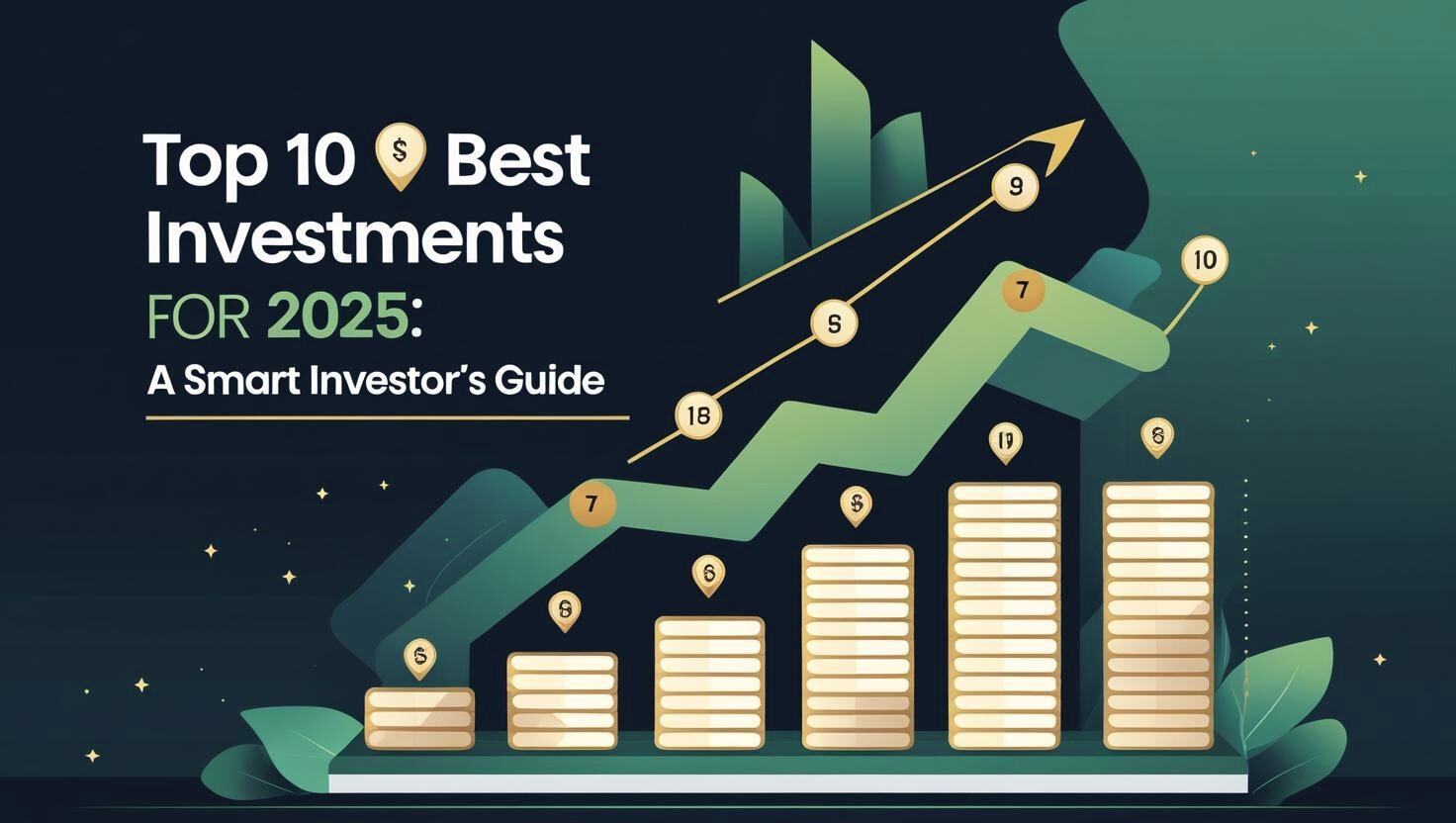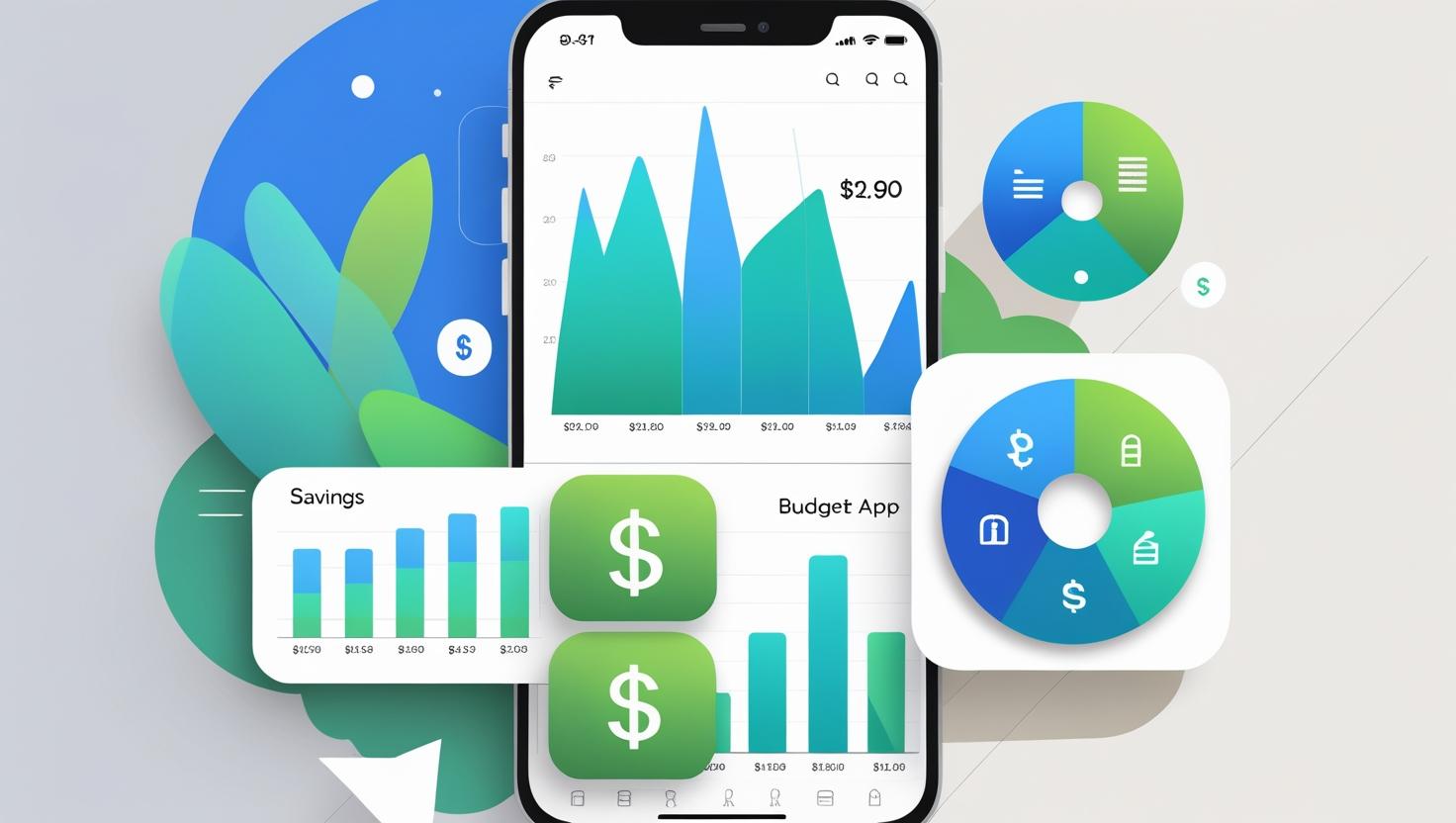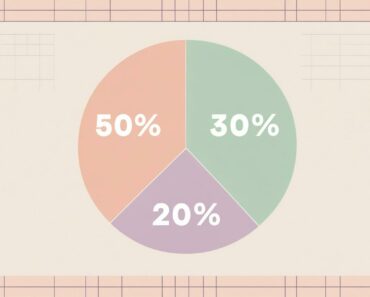This guide explores how these two platforms operate, what defines a true marketplace, and the differences between centralized retail and decentralized eCommerce environments.
What Is a Marketplace?
A marketplace is an online platform where multiple independent sellers offer goods or services to customers. The platform usually provides the infrastructure — payment processing, user interface, customer support, and visibility — while vendors handle inventory, fulfillment, and pricing.
Examples of online marketplaces include Amazon, Etsy, eBay, and Alibaba. In these ecosystems, sellers operate their own shops or listings under one umbrella brand.
Is H&M a Marketplace?
H&M is not a marketplace in the traditional eCommerce sense. It functions as a **single-brand retailer**. Everything sold through H&M’s website or app is owned, controlled, and fulfilled by H&M itself.
This means H&M customers are buying directly from the H&M brand. Products are designed, manufactured, or sourced by the company. The customer experience is uniform, pricing is standardized, and all orders are managed centrally by H&M logistics systems.
Even though the user interface may resemble that of larger platforms with filters and categories, there are no independent sellers or third-party product listings. This reinforces that H&M is a brand-based retail store, not an open seller platform.
What Makes H&M Different?
The distinction between a store and a marketplace lies in control. H&M maintains full oversight over:
- Inventory sourcing and selection
- Pricing strategy and discounts
- Product returns and customer support
- Shipping operations and fulfillment
There are no external vendors uploading products or running their own storefronts on the platform. Everything is centrally managed, which ensures brand consistency but limits variety from third-party sellers.
Is Etsy a Marketplace?
Etsy is a true marketplace. It provides a platform where independent creators, artists, designers, and small businesses sell directly to customers. Sellers on Etsy manage their own stores, set prices, handle inventory, and craft product descriptions independently.
The Etsy ecosystem is highly decentralized. Each shop operates under its owner’s brand, even though it’s hosted under the Etsy umbrella. This model is exactly what defines a marketplace: a **platform enabling many vendors** to offer a variety of goods in one shared space.
What You Can Find on Etsy
One of Etsy’s most distinctive traits is its focus on:
- Handmade items
- Vintage products (over 20 years old)
- Craft supplies and tools
- Custom or personalized gifts
The platform encourages creativity and individuality, making it a top destination for unique and artisanal items that you wouldn’t typically find in mainstream retail outlets.
Marketplace vs Brand Store
To further clarify the difference between Etsy and H&M, let’s outline key traits:
| Feature | H&M | Etsy |
|---|---|---|
| Platform Type | Brand Retail Store | Multi-Vendor Marketplace |
| Seller Type | H&M Only | Independent Sellers |
| Product Ownership | H&M Owned | Seller Owned |
| Customer Experience | Uniform | Diverse |
Can a Brand Become a Marketplace?
Yes, some retail giants have gradually introduced third-party sellers to their platforms. Amazon, for example, started as a bookstore and evolved into a vast global marketplace. Similarly, Zalando in Europe transitioned from retail to hybrid marketplace.
However, **H&M has not yet shifted** to that model. It remains a classic brand-first, single-seller platform. While it may collaborate with guest designers or capsule collections, it does not allow open registration for independent vendors.
Benefits of Marketplaces
Marketplaces like Etsy offer unique advantages:
- Wide product diversity across niches
- Personalized customer service from shop owners
- Custom orders tailored to individual needs
- Empowerment for small creators and entrepreneurs
This open structure fosters innovation and encourages sellers to offer their best work, while shoppers enjoy more variety and a stronger sense of connection with who made their product.
Why the Confusion Exists
Some consumers view any online shop with multiple categories or brands as a marketplace. But the key distinction lies in **who controls the product listings**. In H&M’s case, it’s the company. In Etsy’s case, it’s thousands of individual sellers. Understanding this difference helps shoppers make more informed choices and helps entrepreneurs decide where to sell.
So, is H&M a marketplace? No. It is a centralized fashion retailer that manages its entire supply chain and customer experience. On the other hand, is Etsy a marketplace? Absolutely. It’s a thriving, decentralized platform that empowers creators and supports a wide range of products.
Each model offers unique strengths. H&M provides brand consistency and streamlined service, while Etsy delivers individuality, creativity, and community-driven commerce. The choice depends on your priorities as a consumer or seller in today’s diverse digital economy.






